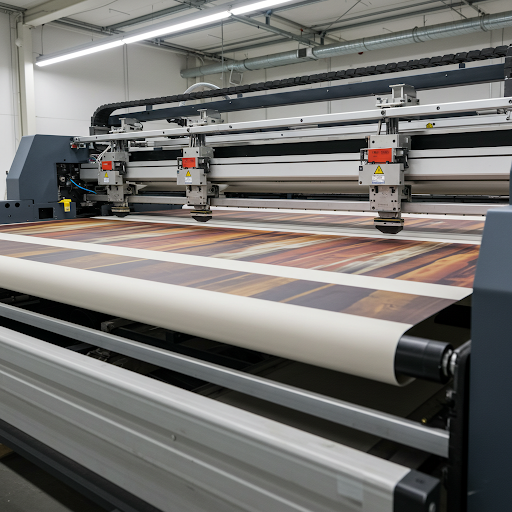
The story of custom wallpaper printing (murals) is intertwined with the broader history of wallpaper itself. Early forms of wall decoration involved hanging large, hand-painted papers, particularly in the East. Think of ancient Chinese scrolls – these were essentially precursors to murals.

In Europe, during the Renaissance and Baroque periods, wealthy individuals adorned their walls with tapestries and large-scale painted scenes. As printing technology evolved, particularly with the advent of woodblock printing and later, more sophisticated techniques like flocking and stenciling, wallpaper became more accessible.
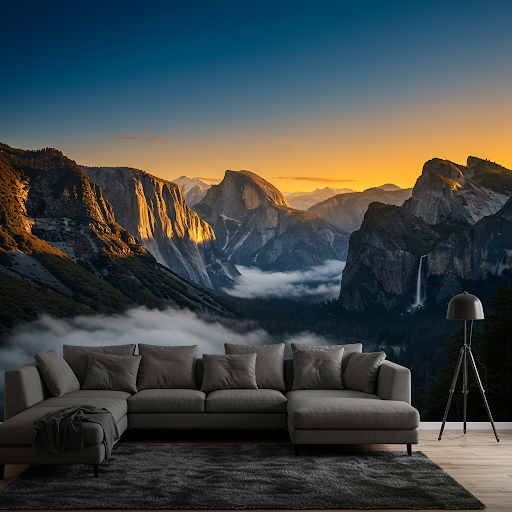
The 18th and 19th centuries saw the rise of scenic wallpapers, often depicting classical landscapes, historical events, or exotic locales. These were essentially large, multi-panel designs that covered entire walls, creating an immersive environment – the early form of the wallpaper mural as we know it. Companies like Zuber in France became renowned for their hand-blocked panoramic wallpapers.

The 20th century brought further advancements with the development of new printing technologies like screen printing and, later, digital printing. This allowed for greater design flexibility, mass production, and the ability to create custom murals from photographs and artwork.

The African Narrative
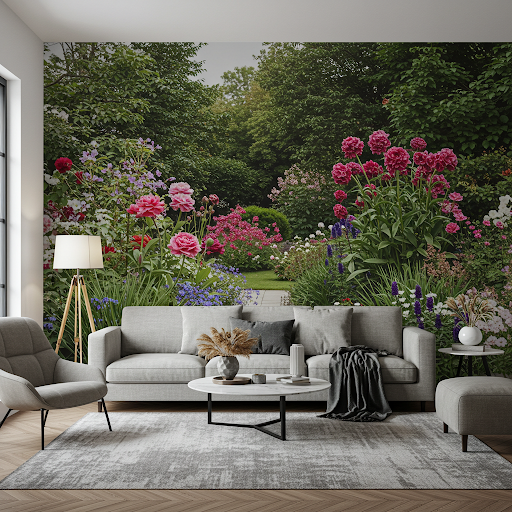
While there’s a growing market for wallpaper and custom digital printing in Africa, including in Nairobi, true mass production of standard wallpaper rolls, in the same vein as the large factories in Europe and China producing vast quantities for global distribution, is non-existent across the continent at present.
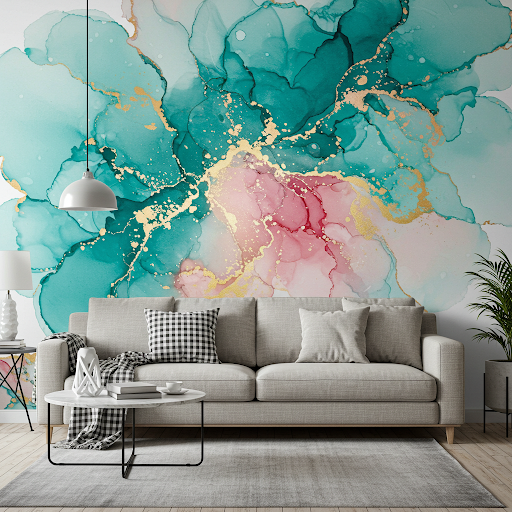
The history of wallpaper and wallpaper murals in Africa is somewhat different, largely influenced by colonial history and economic factors. Traditional African wall decoration often involved natural materials and techniques like mud painting, intricate weaving, and carving directly onto walls. These methods held deep cultural and symbolic significance.
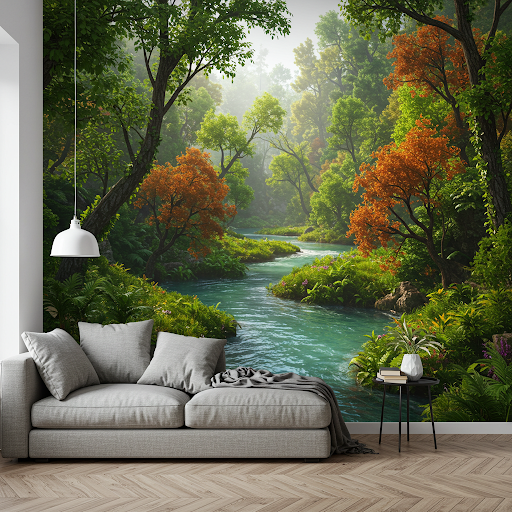
The introduction of wallpaper to Africa was primarily through European colonial influence. It was often seen in the homes of colonial administrators and wealthy local elites who adopted Western styles. Wallpaper murals, being a more luxurious form of wall decoration, had an even more limited presence in the earlier periods.
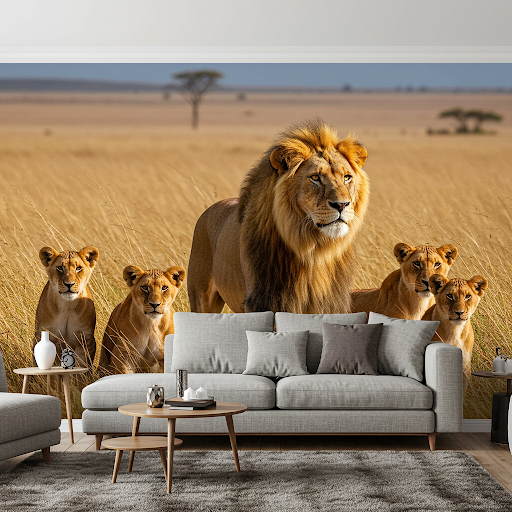
As African nations gained independence and economies developed, access to and adoption of various interior design trends, including wallpaper, grew. However, the widespread use of wallpaper murals as a common interior design element is a relatively more recent phenomenon across much of the continent.

Kenya’s Story of Custom Wallpaper Printing

In Kenya, the trajectory likely mirrored the broader African experience. During the colonial era, wallpaper would have been found in expatriate homes. And perhaps some affluent Kenyan residences.
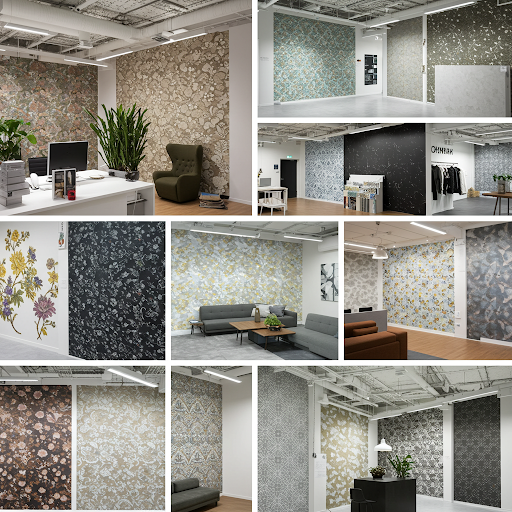
The growth of a local printing industry and increased access to global design trends in the post-independence period paved the way for greater adoption of wallpaper. However, wallpaper murals, requiring specialized printing capabilities and often seen as a premium product, would have been a niche market for a considerable time.
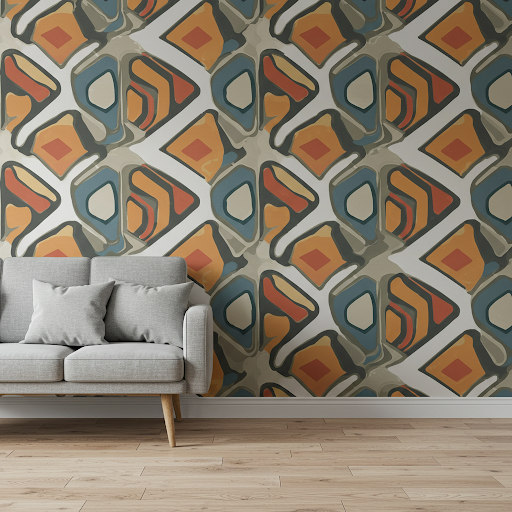
The rise of digital printing technology in recent decades has significantly impacted the availability and affordability of wallpaper murals in Kenya. Wallpaper Kenya can now produce custom designs, catering to individual tastes and commercial needs. You’ll find wallpaper murals in modern homes, offices, hotels, and retail spaces, reflecting a growing appreciation for personalized and impactful interior décor.
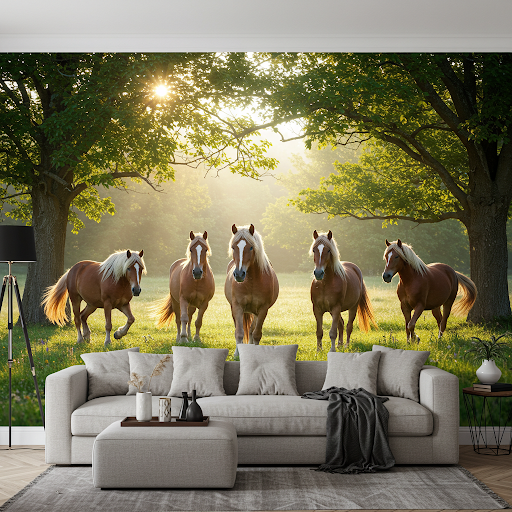
While the history might not be as long or as extensively documented as in Europe or North America, the adoption of wallpaper murals in Kenya represents a fascinating intersection of global trends and local market evolution, driven by technological advancements and changing consumer preferences.

Digital Custom Wallpaper Printing (Kenya)

Production Volume
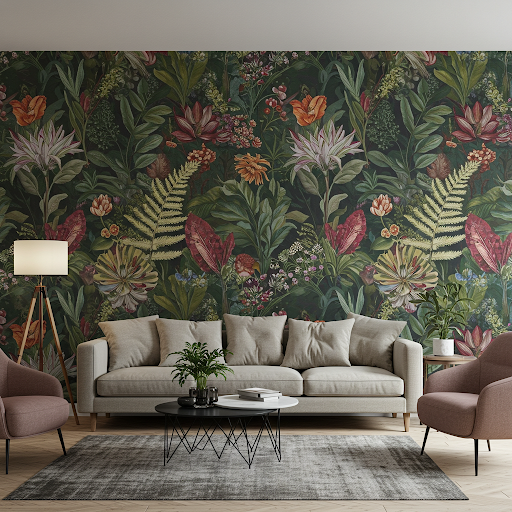
Primarily caters to individual orders or smaller batches. It’s an “on-demand” production model. That’s a significant advantage for achieving a flawless look! Focusing on individual orders and smaller batches allows for unparalleled customization, aligning perfectly with the “on-demand” model. Our minimum order quantity size of 3 meters by 1 meter caters well to creating impactful feature walls. Utilizing raw materials in 3-meter by 70-meter rolls enables the printing of standard-height walls (up to 3 meters) in a single, seamless piece. This eliminates unsightly joints and ensures a smooth, continuous visual across the entire mural, enhancing the overall aesthetic and perceived quality of the custom wallpaper.

Customization Wallpaper Printing
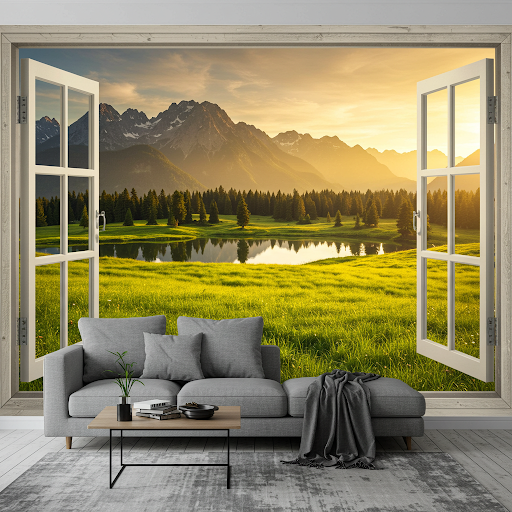
Customization is the defining feature of our wallpaper printing. It truly sets Wallpaper Kenya apart, empowering customers to transform their spaces with unparalleled personalization. The ability to seamlessly integrate personal designs, cherished photographs, or explore extensive digital collections unlocks a realm of creative possibilities. Moreover, the precision of scaling the mural to the exact dimensions of their wall ensures a flawless fit and maximizes visual impact, eliminating the frustrations of standard-sized limitations. This bespoke approach caters to individual tastes and interior design visions, allowing for the creation of truly unique and expressive environments that reflect the customer’s personality and style, making every wall a canvas for personal expression.
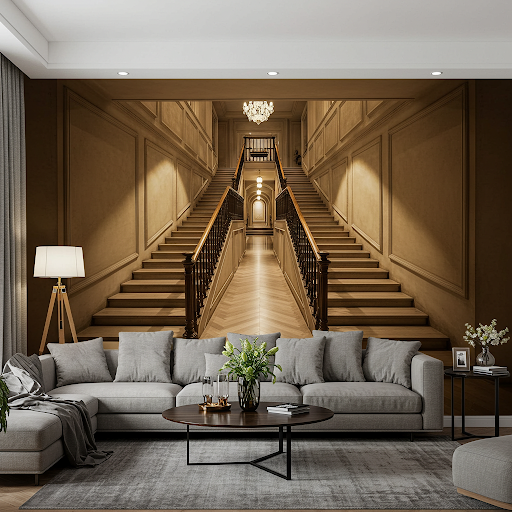
Design Flexibility
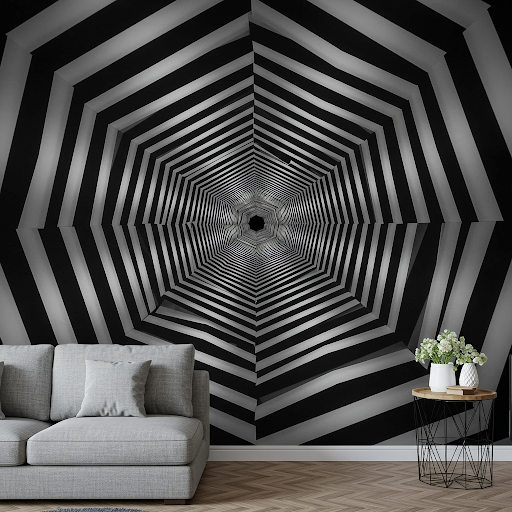
The digital realm unshackles design constraints in wallpaper printing. Intricate graphics render with stunning clarity, subtle gradients blend seamlessly across vast surfaces, and high-resolution photographic images transform walls into breathtaking vistas. The beauty lies in the ability to create expansive, non-repeating patterns, turning an entire wall into a unique work of art, free from the visual rhythm of traditional wallpaper repeats. This opens up a universe of creative expression, allowing for truly immersive and personalized interior spaces, limited only by imagination.
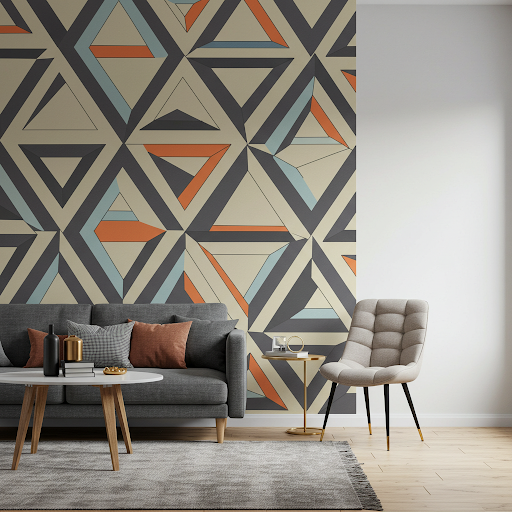
Sizing

Tailoring custom wallpaper to the exact dimensions of your wall is a smart and efficient approach. By printing only what you need, you significantly reduce material waste during installation, eliminating the offcuts common with standard-sized rolls. This not only saves on material costs but also contributes to a more environmentally conscious approach to interior design in Nairobi.
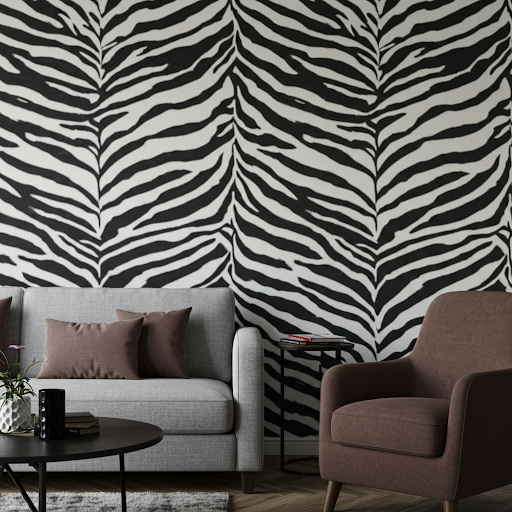
Wallpaper Printing Technology
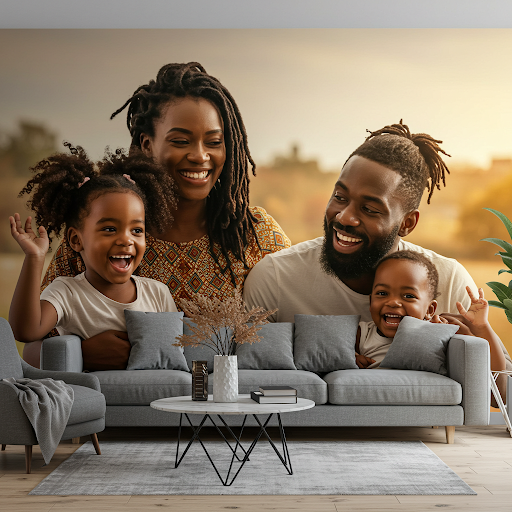
Modern digital wallpaper printing technology has revolutionized the creation of custom wall decor in Nairobi and globally. Inkjet printing, utilizing aqueous, solvent, UV-curable, or latex inks, allows for direct printing of digital designs onto various substrates like vinyl, non-woven, and canvas. This eliminates the need for traditional plates or screens, enabling on-demand production and intricate, full-color graphics with high resolution. Advancements include wider print widths, faster speeds, and improved color consistency, facilitating seamless mural creation. Furthermore, eco-friendly ink options and recyclable materials are increasingly available, aligning with sustainability concerns in Nairobi’s market.

Setup Costs
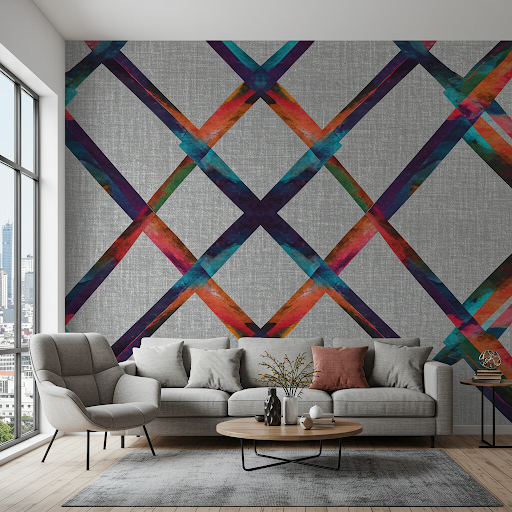
Lower setup costs per design, as there’s no need for physical printing plates or screens. This makes short runs and unique designs economically viable. The beauty of digital custom wallpaper lies in this streamlined setup. Bypassing the creation of physical plates or screens significantly reduces initial costs for each unique design. This economic advantage democratizes the creation of short-run, personalized wallpaper, making bespoke wall decor accessible for individual projects and smaller businesses without prohibitive upfront investments.
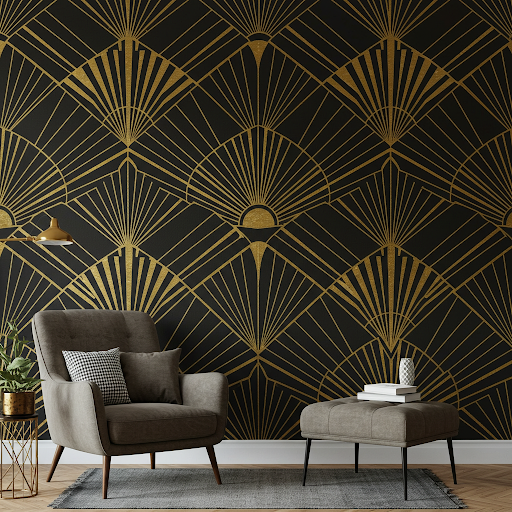
Turnaround Time
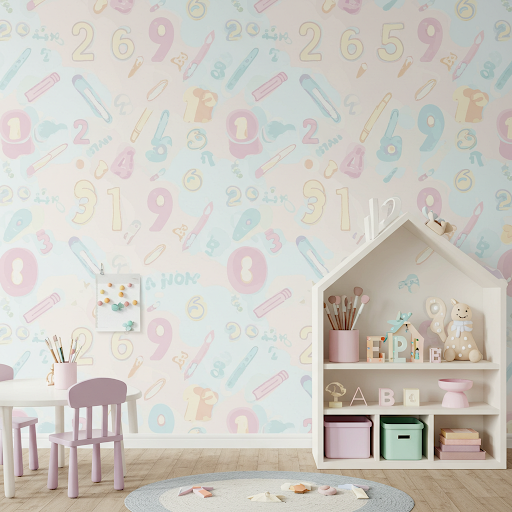
Production time can be relatively quick, especially for local printing services, as there are fewer pre-production steps. At Wallpaper Kenya, we can do it within 24 working hours. But it depends on how busy we are with the printing equipment at the time you place your order. In the realm of digital custom wallpaper printing, the lion’s share of time gravitates towards the initial creative phase.
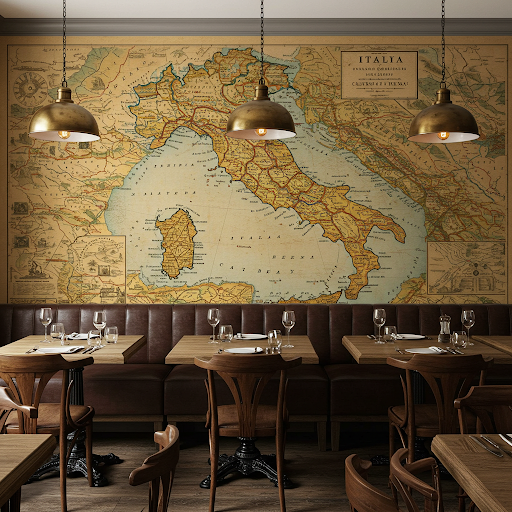
Sifting through countless images and meticulously crafting unique designs. Ensuring the chosen visuals perfectly align with the desired aesthetic and wall dimensions consumes the most effort. Once the digital blueprint is finalized, the printing process is relatively swift. And transforms the chosen artwork into a tangible, wall-covering masterpiece.

Canvas fabric wallpaper printing material

We print on canvas fabric, which is an intriguing and increasingly popular option for custom wallpaper printing. And offers a distinct textural dimension compared to traditional vinyl or non-woven papers. Its woven structure lends a tactile quality and an artistic, gallery-like feel to murals.
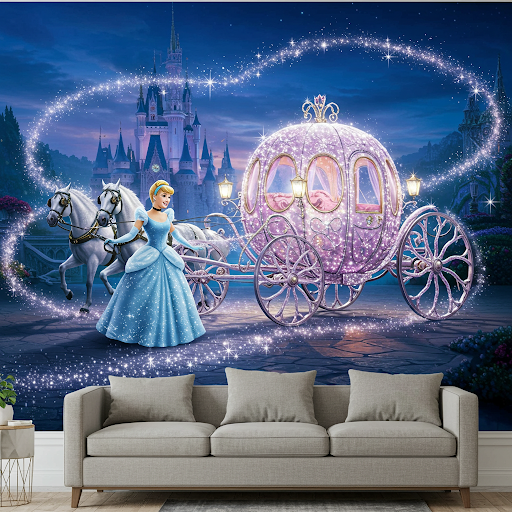
When used as a wallpaper substrate, canvas enhances the visual depth and richness of printed images. Adding a layer of sophistication to interior spaces. The durability and potential for unique finishes make it a compelling choice for those seeking a more premium and characterful wallcovering solution in their custom digital prints. It is also removable and reusable.
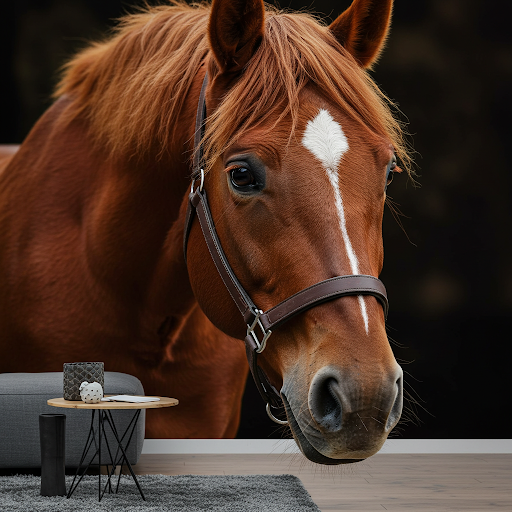
Market Focus
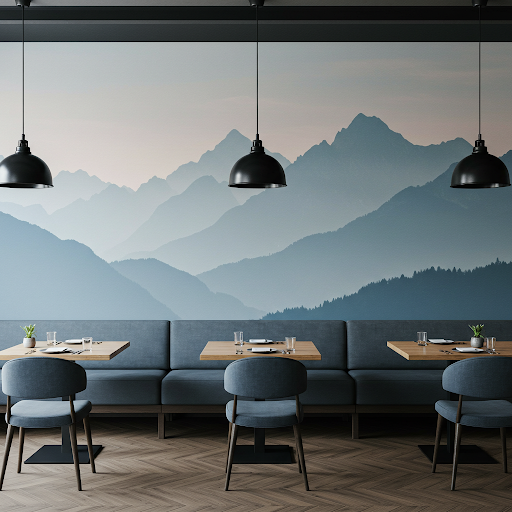
The digital custom-made wallpaper printing market primarily focuses on individual consumers, interior designers, and businesses seeking personalized and unique wall decor solutions. For homeowners, it offers the ability to create statement walls reflecting personal style with custom designs, photographs, or artwork. Interior designers utilize it for bespoke projects, tailoring aesthetics to specific client needs and spaces. Businesses leverage custom wallpaper for branding, creating immersive environments in offices, retail spaces, hospitality venues, and for impactful marketing displays and events. The demand is driven by a desire for individuality, enhanced aesthetics, and the flexibility to achieve specific design visions.
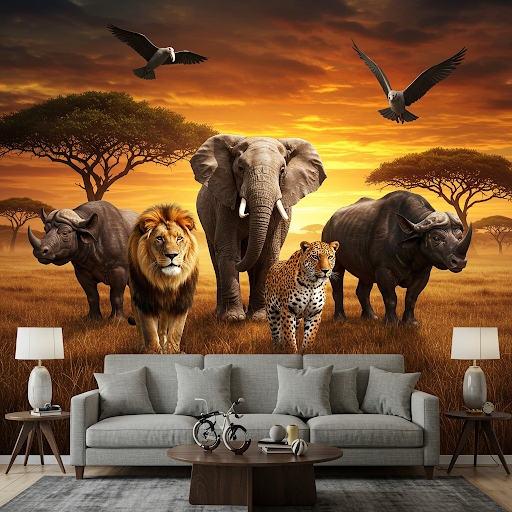
Environmental Impact of Digital Custom Wallpaper Printing

The inherent nature of printing on demand indeed minimizes material waste, as production aligns directly with the required quantity for a specific project. Furthermore, the option of using canvas as a removable and reusable substrate adds another layer of sustainability, allowing for temporary installations or relocation of the wall decor, reducing the need for disposal.
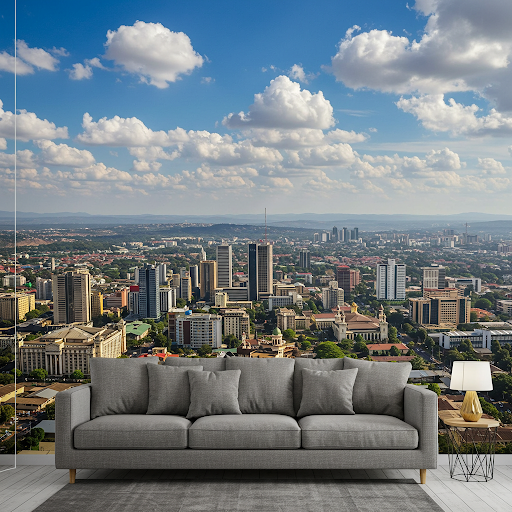
However, a holistic view of environmental impact necessitates considering the entire lifecycle. The types of inks employed – whether they are water-based, solvent-based, or UV-cured – have varying levels of VOC (volatile organic compound) emissions and potential ecological effects. Similarly, the sourcing and manufacturing processes of the wallpaper materials themselves, including canvas treatments, contribute to their overall environmental footprint.

Therefore, while the “print-on-demand” aspect and material choices like removable canvas offer significant advantages in reducing waste, a truly eco-conscious approach requires careful consideration of all materials and processes involved in the digital printing supply chain.

Traditional Mass Production of Regular Wallpaper (Europe & China)
Production Volume
Designed for large-scale production runs to achieve economies of scale and lower per-roll costs.
Customization
Limited to the manufacturer’s established designs and colorways. Minimal to no individual customization is offered.
Design Flexibility
Designs typically involve repeating patterns that fit within standard roll widths and lengths. Complexity can be limited by the printing technology (e.g., number of colors in screen printing).
Sizing
Produced in standard roll widths (e.g., 53cm, 70cm) and lengths (e.g., 10m). Installers cut and match these rolls to fit walls, often resulting in some material waste.
Printing Technology
Traditional standard-size wallpaper printing in the 21st century still utilizes established technologies like rotogravure for large volumes and fine detail, screen printing for vibrant, opaque colors and textured effects, and surface printing for a distinct, handcrafted aesthetic. While digital printing is increasingly prevalent, these traditional methods endure due to their cost-effectiveness for mass production and their unique visual qualities.
Setup Costs
There are high initial setup costs due to the creation of printing cylinders, screens, or rollers. Large production volumes are necessary to amortize these costs.
Turnaround Time
Production times for large batches can be longer, but individual rolls are readily available in retail channels.
Material Variety
The choice of wallpaper printing material is crucial, influencing both the aesthetic and functional properties of the final product. Paper-backed vinyl offers durability and washability. Non-woven materials are breathable and easier to install. Traditional paper, while offering a classic feel, may be less durable.
Market Focus
Primarily targets the general consumer market through retail distribution, aiming for broad appeal and cost-effectiveness.
Environmental Impact
Large production can lead to more material waste if the designs don’t sell well. Transportation of bulk goods across continents also contributes to the carbon footprint.
Rotogravure wallpaper printing
Rotogravure is an intaglio printing process where images are engraved onto cylinders. These engraved cells hold ink, which is then transferred to the substrate as it passes between the cylinder and an impression roller. Ideal for high-volume printing requiring fine details and consistent quality, rotogravure excels in reproducing continuous tones, making it suitable for magazines, packaging, and wallpaper.
Screen Printing Wallpaper
Screen printing can produce wallpaper murals by creating stencils on fine mesh screens, one for each color in the design. Ink is then forced through the open areas of the stencil onto the wallpaper substrate using a squeegee. For murals with multiple colors or large designs, several screens are meticulously aligned to print successive layers, building up the complete image panel by panel. The result is a durable, often richly colored mural with a unique tactile quality.
Surface Printing Wallpaper
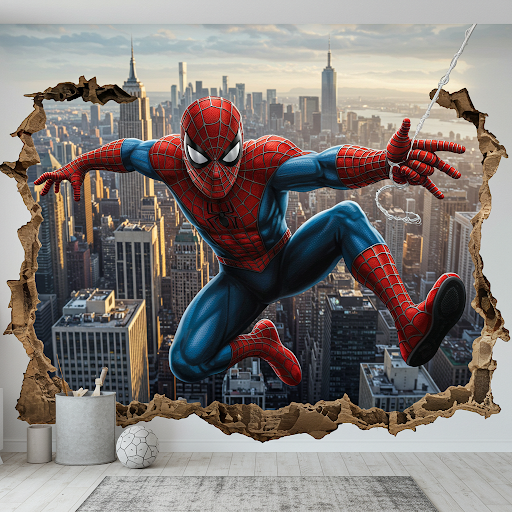
Surface printing for wallpaper utilizes rollers with raised designs, much like a large, sophisticated stamp. Ink is applied to these raised areas. And as the paper passes between the inked roller and a pressure roller, the design is transferred. This mechanical process allows for the application of multiple colors, with each color requiring a separate roller.
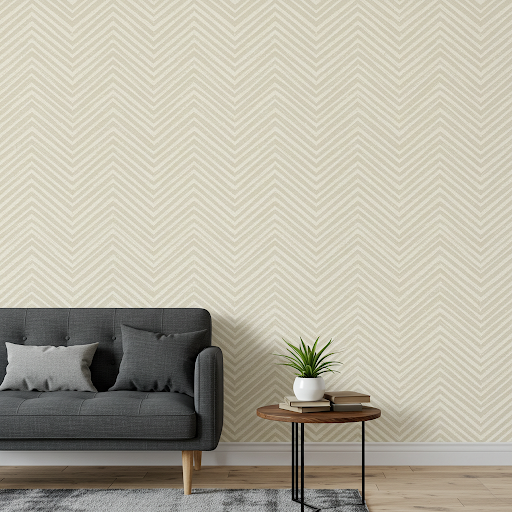
The resulting aesthetic is often characterized by a slightly textured feel due to the raised ink and a less crisp, somewhat “blotted” appearance compared to other printing methods. This unique look can evoke a handcrafted or traditional charm, making it well-suited for certain design styles like florals, country motifs, and patterns aiming for a more organic, less sharply defined finish. While perhaps not ideal for intricate photographic detail, surface printing imparts a distinctive character to wallpaper. Sources and related content
Here’s a table summarizing the key differences
| Feature | Digital Custom Wallpaper Printing (Kenya) | Traditional Mass-Produced Wallpaper (Europe & China) |
|---|---|---|
| Production Volume | Low to Medium, On-Demand | High, Mass Production |
| Customization | Individuals, Designers, Businesses | Low to None, Manufacturer Designs |
| Design Flexibility | Limitless, Non-Repeating Murals | Limited by Repeat, Standard Roll Size |
| Sizing | Custom to Wall Dimensions | Standard Rolls, Requires Cutting & Matching |
| Printing Technology | Digital Inkjet, etc. | Rotogravure, Screen Printing, Surface Printing |
| Setup Costs | Low per Design | High Initial Costs |
| Turnaround Time | Relatively Quick | Longer Production Runs, Retail Availability |
| Material Variety | Wide Range, Often Customizable | Varies by Manufacturer |
| Market Focus | Individual, Designers, Businesses | General Consumer Market |
| Waste | Potentially Lower (Print-on-Demand) | Potential for Higher Waste (Offcuts, Unsold Stock) |
In essence, digital custom printing prioritizes uniqueness, flexibility, and tailored solutions for individual needs. But traditional mass production focuses on efficiency, cost-effectiveness per unit, and broad market appeal with standardized designs. The growth of digital printing in places like Kenya democratizes access to personalized wall decor that was previously more challenging to obtain.
